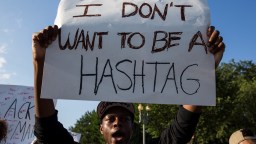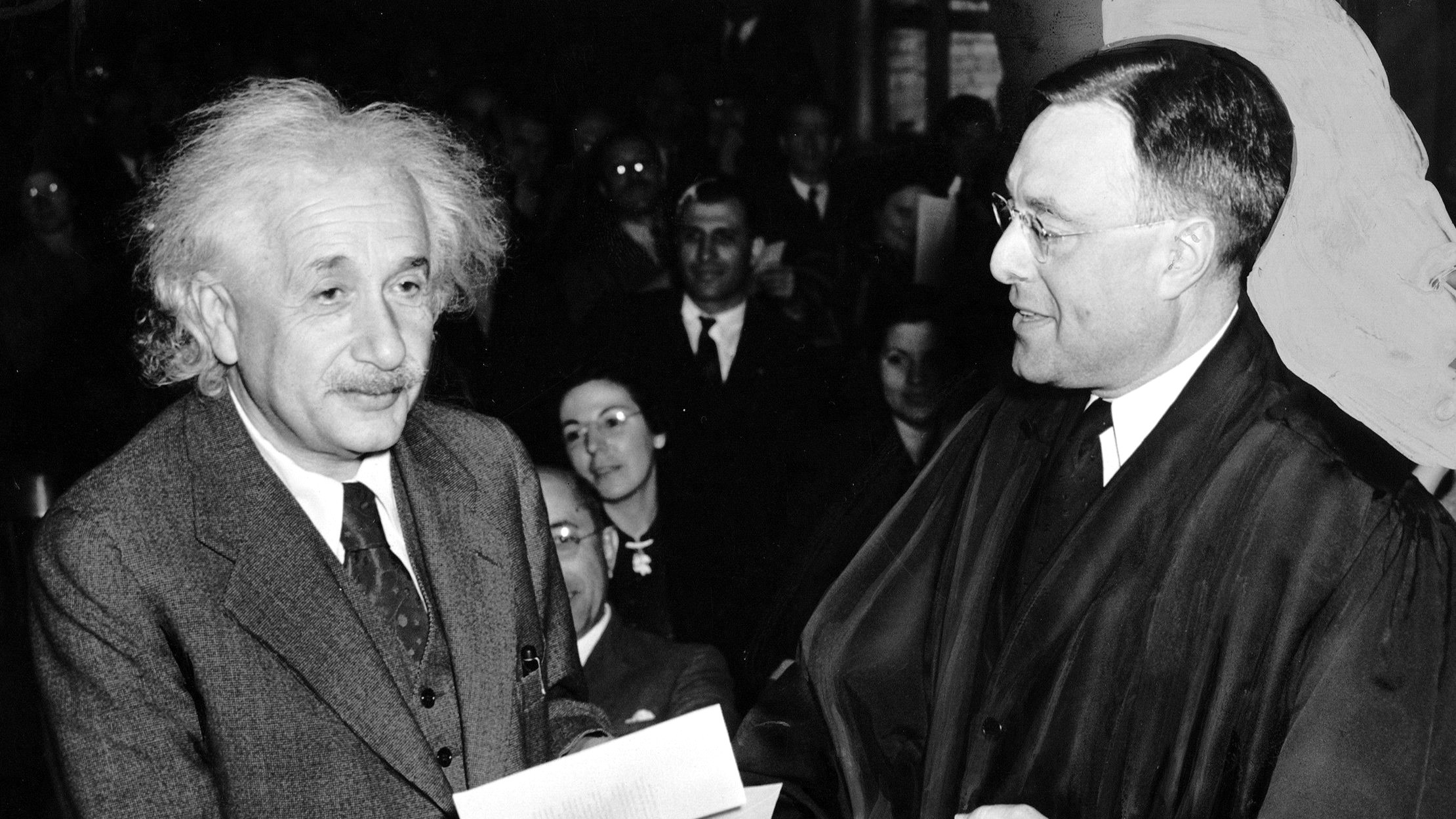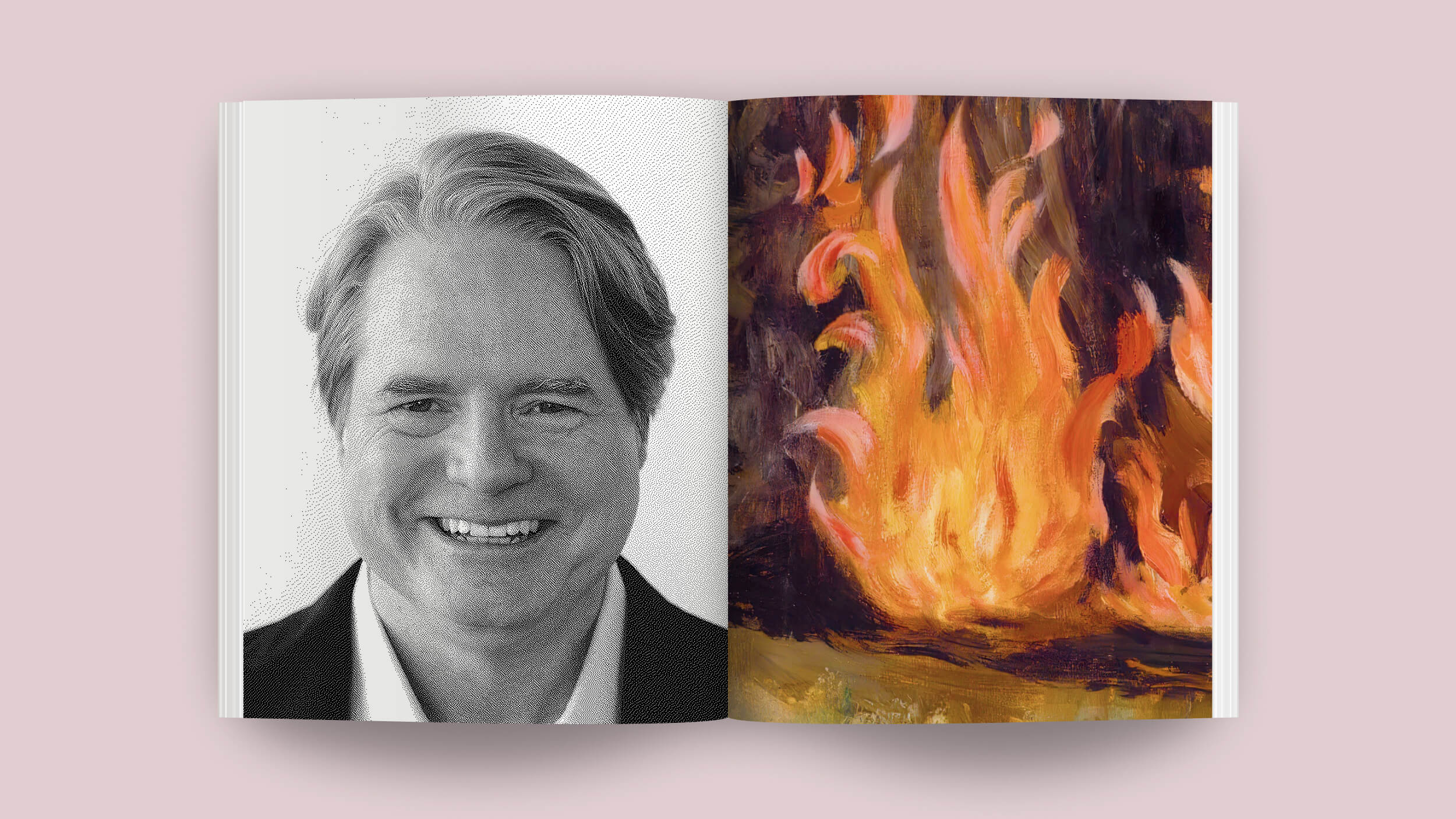Virginia Heffernan has been hooked on the Internet since she first heard the sour-lemon screechy tones of dial-up back in 1979, and believes it to be among mankind’s great masterpieces. The journalist and author has watched digital culture evolve into a fully-fledged civilization that is richly detailed, with corners and compartments that are as different as all the world’s tribes. Heffernan doesn’t see the Internet as a “neurotoxin” and she urges people to stop feeling guilty about using apps and websites, as if they’re a cheat from real-world living; a way to waste time but not to spend it. She cares not whether people go online for business or leisure, only that they dive in wholeheartedly, use it with confidence and learn the lingo, style, and constraints of whatever platform they choose to be a part of. Business must be brave; individuals even braver. Don’t just mill around the sanitized designs of apps like Instagram and e-commerce sites, she says, wade in further to websites and platforms that feel foreign to experience the full humanity of a community that is different from you – but will adopt you if you drop the right syntax. Don’t half-ass it; become a digital native. Virginia Heffernan is the author of Magic and Loss: The Pleasures of the Internet.
Virginia Heffernan is the author of Magic and Loss: The Pleasures of the Internet.
Virginia Heffernan: The book does have some pragmatic and concrete suggestions. The first is stop hating ourselves for participating in digital culture. It's a real drag on our health and our immune system to spend our time on our phones or on our laptops or in other kinds of digital space using GPS technology thinking that there's something wrong with us for doing it. So that's the first thing that the book really asks people to do it just for an hour or two imagine the Internet is not a neurotoxin, it's not causing brain damage. It's an opportunity and an opportunity to use wholeheartedly, to use with confidence, to use with dignity, to use with all of your humanity. Now each of the forms has its own constraints. So if you're using text online to show up to consumers or to meet your friends then there are certain considerations and they're the considerations that poets have made sense of.
One of the most beautiful things I've ever heard said about how poets construct their sentences, their phrases, their lines is that - this is Helen Vendler the great critic of poetry. She says that every moment after every word any word can follow it next. So in the gap between two words you give the impression or the illusion that any word is possible. And the reader should feel just a slight, slight micron intake of breath like what could come next. So for companies showing up online, surprise, delight. How do you use that little space between words so that you don't – say you are leveraging a cliché like at the end of the day, maybe it's at the end of the millennium, maybe it's a different word there other than day.
When you think of beautiful slogans that capture something in our minds, they're surprising; they're delightful. They're I didn't expect it to go in that direction. And the same is true for Twitter. When you look at political candidates that have used Twitter well, like I must say Donald Trump, you don't know what he's going to say next. He has us in suspense all the time and that suspense is very important. I think brands have had a hard time building suspense because it's nerve-racking a little bit to take those kinds of risks, but it's necessary. As for images, learn the vernacular of a place like Instagram. It's not easy. I just tried the other night to learn the idiom of Twitch, to learn to read a thread as they say on Twitch and most of the vocabulary was entirely new to me. I didn't realize that grill [ph] is a girl, that when Melania Trump was described as salt that that was an illusion to an Angelina Jolie movie from 2010. That this kind of shorthand you don't look at that kind of shorthanded say on Instagram, the grammar of Instagram whether you use filters or not, the move to no filter away from the very highly aestheticized use of the latter filters. That's something that brands should know and are required to know. The third form I talk about is design. So one of the interesting hallmarks of design online is that the expedient design on the World Wide Web, that junkie non-design that you see on some of the early services like Yahoo and AOL that is really determined to read the reader, so while you're involved in it it's collecting data from you and it's trying like a souk, like an open market to kind of pick your pocket at every turn and you have to be on guard against it. That's an experience that's some Internet users like or at least tolerate in order to try to get the resources at those sites.
Then you look at the use of apps that have resurrected Japanese design, Italian design, Scandinavian design and some of the troupes of the 20th century that were associated with higher art. So recognizing that split is very, very important and recognizing also that there's an elitist and a populist split. You spend all your time on apps then you have no exposure to the vocabulary that generated the campaign of Donald Trump or that makes Red Bull such a compelling brand. You don't touch the id of people; you live entirely on these beautiful removed apps and you're missing something from the human experience. So figuring out a way with designed to show up online and maybe show up on mobile is a challenge for brands and for new businesses.
The other parts of the book treat music, treat video, which is obviously an extremely compelling part of the Internet partly because video dis graphed so well onto ads, but YouTube has a grammar almost like nothing else. It can be very opaque. It needs to be studied. You need digital natives or at least people who are like really emotionally drawn to YouTube and Snapchat in order to use it properly and with proper respect for how it works. It's extraordinary to me that a campaign will drop into a form out of nowhere, or you see brands doing this on Twitter all the time, without any understanding of how hash tags work or tagging works. And then at last music. Music is a world of its own and it's probably worth taking a look at the chapter on music at least to understand all the ups and downs of it, but typically digital visual culture and text culture is silent. We don't like unwanted sound on the Internet. We don't like unwanted sound from our phones. We're always being asked to silence them and so music has to be a powerful experience and also a live experience.
Companies that have embraced the return of live culture in the form of conferences, concerts, are doing well; they're embracing the future, that maker culture, foodism, all those things that can't be digitized that like a live concert are the future. The pushback on the Internet is the future.





